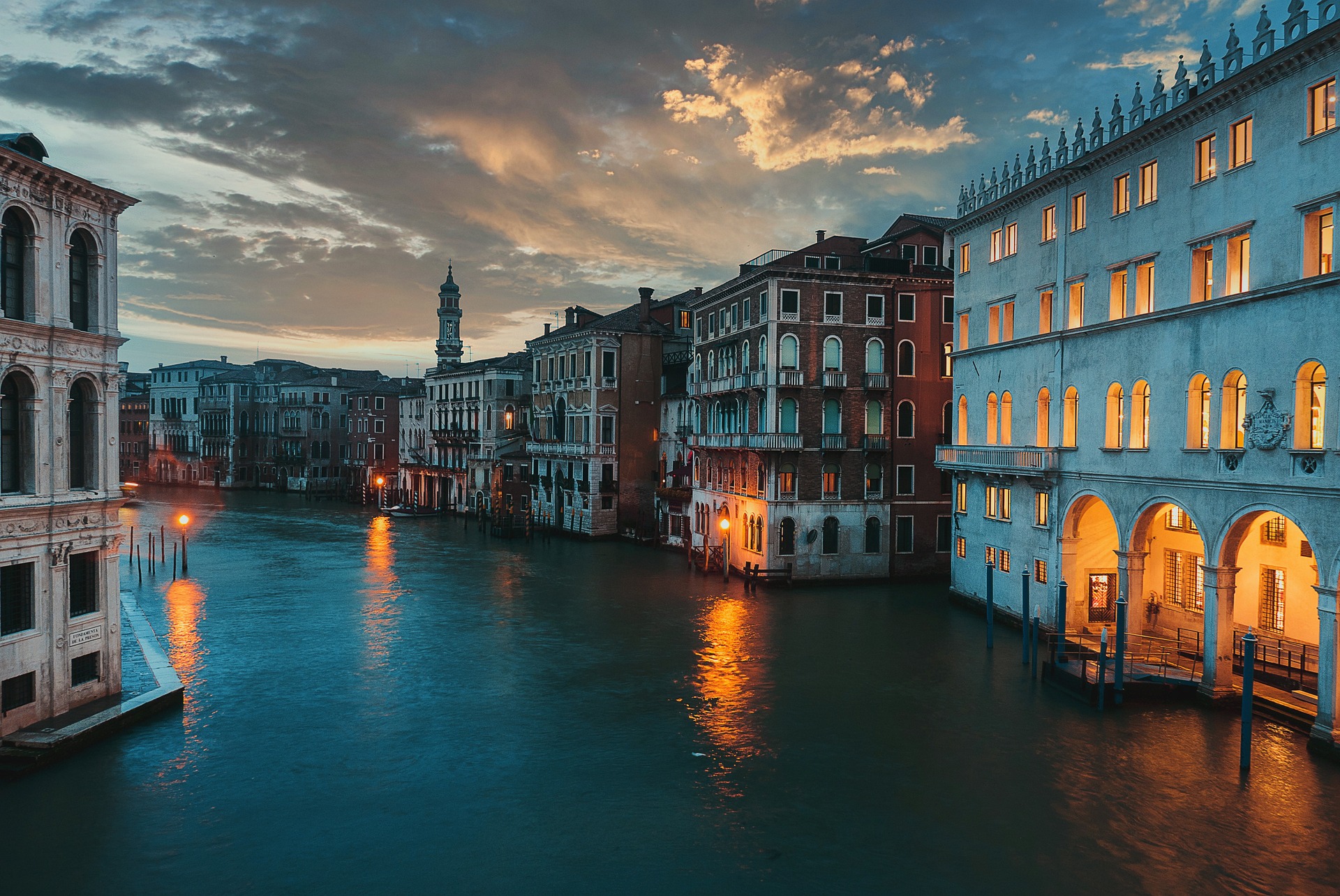Rediscovering the Charm of Canal Travel
For centuries, mankind has relied on waterways to explore, trade, and communicate. Among those, canals have played a crucial role in shaping societies and economies. Recently, canal travel has been making a comeback, enticing travelers with a unique blend of history, culture, and unhurried exploration. This article will delve into the resurgence of canal travel, analyzing current trends, advantages, challenges, and its impact on the modern traveler.

A Journey Through History
Canals have had a significant impact on global civilization. In ancient times, they facilitated trade and transport, enabling societies to flourish. The Industrial Revolution further emphasized their importance, with canals like the Erie in the U.S. and the Bridgewater in the UK playing vital roles in economic development. As railroads and highways took over, canals waned in popularity but have recently seen a resurgence as a unique travel experience.
Current Trends in Canal Travel
Canal travel is experiencing a resurgence as travelers seek out slower, immersive experiences. Whether navigating the romantic waterways of Venice, exploring the engineering marvel of the Panama Canal, or immersing in the rich heritage of the French and British canals, travelers are drawn to the charm and history these routes offer. This trend is further boosted by the rise of canal-specific tour operators and boat rentals, enabling travelers to customize their journeys.
Advantages of Canal Travel
Canal travel offers several unique advantages. The slow pace allows for deeper immersion in the local culture and environment. It provides access to remote areas often missed by other modes of transportation, offering unparalleled views of landscapes and wildlife. Additionally, canal travel often involves navigating historic waterways, providing a tangible connection to the past.
Challenges and Impact on Travelers
Despite its charm, canal travel does pose certain challenges. It requires more time than other means of transport, which could be a hindrance for time-strapped travelers. Also, the narrow and shallow nature of some canals may limit the size and type of vessels that can navigate them. However, for those willing to embrace these challenges, canal travel offers a rich, rewarding, and unique travel experience.
Hidden Gems: Canal Routes Worth Exploring
-
The Göta Canal, Sweden: Dubbed the “Swedish Blue Ribbon,” this canal offers stunning views of idyllic countryside, historic towns, and beautiful lakes.
-
The Canal du Midi, France: A UNESCO World Heritage site, this canal boasts beautiful landscapes, vineyards, and medieval towns.
-
The Grand Canal, China: As one of the world’s oldest and longest canals, it offers a unique insight into Chinese history and culture.
In conclusion, canal travel is a unique and enriching way to explore the world. While it presents its own set of challenges, the rewards are plentiful – a slower pace of travel, cultural immersion, and the chance to traverse historic waterways. In a world increasingly focused on speed, canal travel invites us to take a step back, embrace the journey, and rediscover the joy of unhurried exploration. As the saying goes, it’s not just about the destination, but the journey itself. And what a beautiful journey it is.




